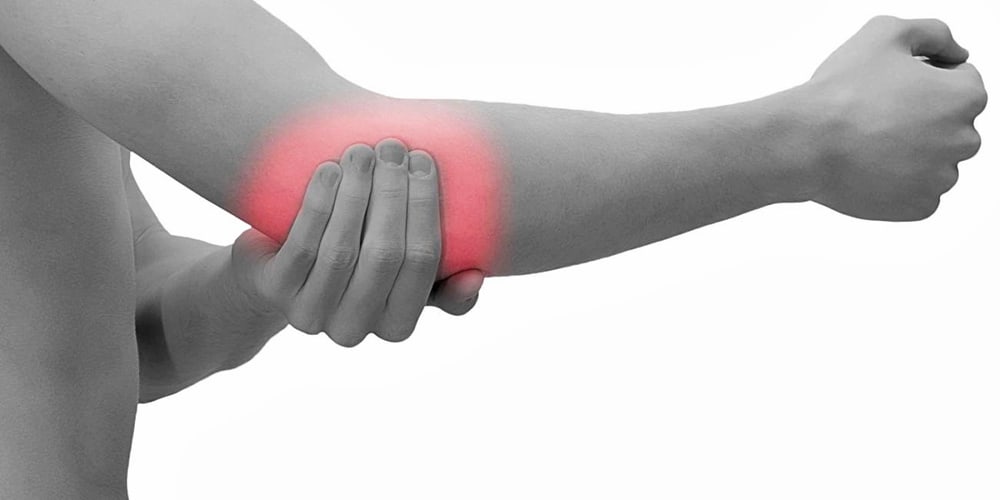IASP Sponsors Global Year against Pain in the Joints

“In addition to the suffering and discomfort associated with joint pain for patients, the problem can exact substantial socio-economical costs for societies.”
The Global Year against Pain in the Joints launched on 11th of January, bringing attention to a wide variety of ailments and conditions affecting millions of people worldwide. Sponsored by the International Association for the Study of Pain (IASP), the yearlong public awareness campaign focuses on education for healthcare professionals and government leaders. Simultaneously, the European Pain Federation–EFIC has inaugurated the European Year against Pain on the same topic.
The initiative will mobilise IASP’s 7,000+ members and 90 national and regional chapters and forge partnerships with other organizations. The campaign’s goals include:
- Broadly disseminating information on joint pain to patients and healthcare providers
- Connecting pain researchers to healthcare professionals who witness the problems associated with joint pain first-hand in their daily interactions with patients
- Increasing awareness of joint pain among government officials, the news media, the public, and patient organizations worldwide
- Encouraging government leaders, research institutions, and other individuals and organizations to support research aimed at producing more effective and accessible treatment
There are many different types of joint pain—pain related to osteoarthritis, pain after traumatic injury, pain after joint surgery, pain related to inflammatory joint disorders such as rheumatoid arthritis and psoriatic arthritis, and pain related to crystal deposition in the joints such as gout or chrondrocalcinosis.
IASP President Rolf-Detlef Treede, Prof., Dr.med., a German neuroscientist at the University of Heidelberg, says, “Pain relief is an important objective for improving the quality of life and daily functioning in patients with diseases involving the joints, in acute conditions such as gout, as well as in chronic conditions where pain often outlasts the normal healing process.”
The prevalence of joint pain across the world is extensive:
- In the United States, an estimated 52.5 million adults have doctor-diagnosed joint disorders or diseases, and nearly 10 percent of all adults say these conditions, mostly osteoarthritis, limit their activities.1 Furthermore, a seven-fold increase in joint replacements is projected over the next 15 years due to the increased number of patients with painful osteoarthritis.
- In a large-scale telephone survey conducted in 15 European countries and Israel to explore the prevalence, severity, treatment, and impact of chronic pain, 19 percent of 46,394 respondents said they had suffered pain for more than six months and had experienced pain in the last month and several times during the last week. Within this group, more than 40 percent reported joint pain, most frequently knee pain.
- A study in Japan found an alarming prevalence of knee osteoarthritis (KOA) and lumbar spondylosis (LS) in the Japanese population. In men and women older than 40, the prevalence of KOA was 42.6% and 62.4%, respectively, and that of LS was 81.5% and 65.5%, respectively. The study confirmed that factors such as obesity and occupational activities were associated with both KOA and LS.
According to Global Year campaign co-chair Lars Arendt-Nielsen, Prof., Dr.med., PhD., of Aalborg University in Denmark: “In addition to the suffering and discomfort associated with joint pain for patients, the problem can exact substantial socio-economical costs for societies. These include lost work days and diminished quality and productivity. Aging populations, sedentary lifestyles, and an increasing propensity toward obesity all mean that the problem of joint pain will continue unabated worldwide.”
As part of the Global Year against Pain in the Joints, IASP offers a series of 20 fact sheets for clinicians and healthcare professionals covering specific topics related to joint pain which are available for free download. Patients also may benefit from reading these latest updates.
For more information on the campaign, visit www.iasp‐pain.org/GlobalYear

